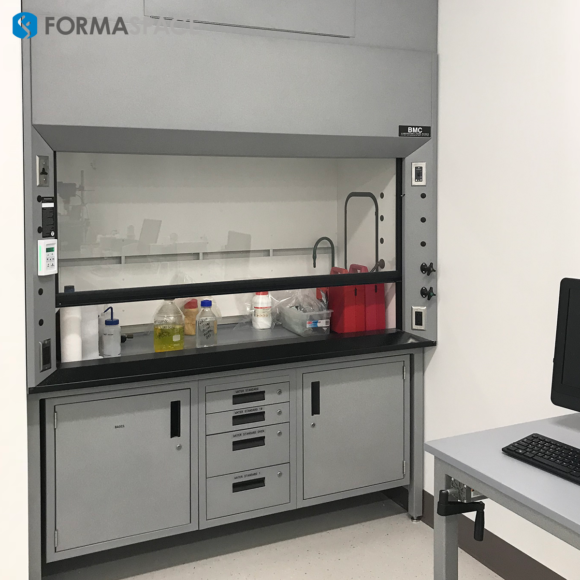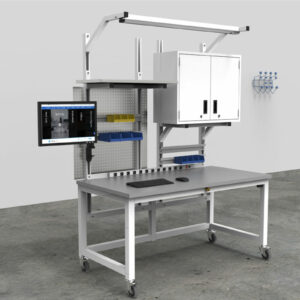October 1957 was a wake-up call for the American education system.
That month, the Soviet Union launched Sputnik, the world’s first artificial satellite. As it crossed the night sky, the American public began to ask, “what had gone wrong? How could the Russians beat us into space?”
Suddenly the excitement about Detroit’s new space-age car designs (such as the longer, lower, wider Chevrolet Impala introduced that fall) seemed irrelevant in light of an artificial satellite floating overhead, emitting its characteristic “beep beep” radio signal.
Indeed, Sputnik put an exclamation point on the argument put forward in 1955 by Rudolf Flesch in his best-selling book Johnny Can’t Read—And What You Can Do About.
The Space Race was born. In February 1958, President Eisenhower established the Advanced Research Projects Agency (later DARPA), which brought industry and government together to create some of the most important advanced technologies that power our economy today, from advanced robotics to the Internet.
And the American education system (despite criticism of some its later pedagogical approaches, such as “New Math”) benefitted greatly from the Space Race, thanks to greater investment in the study of science, technology, engineering, and mathematics – the subjects we today collectively refer to as STEM.

Are We Having Another Sputnik Moment?
Sixty-seven years after Sputnik, the US is facing another crisis, the Covid-19 pandemic.
And, like the sudden appearance of Sputnik, the pandemic has exposed critical, systemic problems in the US economy and our education system.
For the first time in years, the American public has come to understand the limitations of our domestic manufacturing base. In times of emergency, we don’t have the manufacturing capacity here at home to supply urgently needed goods, such as PPE or pharmaceuticals.
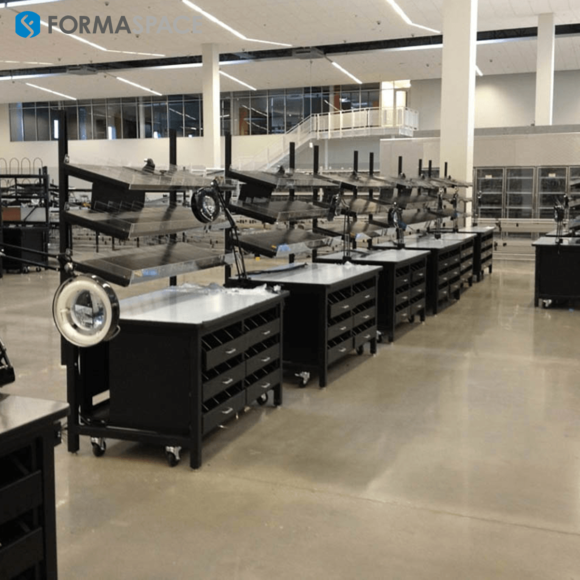
But Covid-19 has also exposed a more insidious problem as well – a widespread lack of trust in science and, at times, an even willful repudiation of public health scientists and their research by those with a high school degree or less.
According to research by the Pew Institute, while a majority (54%) of Americans with a postgraduate degree have a great deal of confidence in scientists, the number drops to a minority (only 32%) among those with a high school degree (or less).
For STEM education professionals, this is an alarming development, one that is compounded by a widespread lack of scientific literacy among the general public. (See our article on medical literacy for ways to address this in healthcare.)
One pandemic literacy issue comes to mind: while Asian and European governments (and the press) regularly discuss fluctuations in the R0 value (e.g. the basic reproduction number of the virus), this basic public health metric is rarely mentioned in the US… why is this? Are basic statistics too difficult for us to grasp in this country?

Germany’s chancellor, Angela Merkel, obtained a doctorate in quantum chemistry and worked as a research scientist prior to entering politics in 1989. In the video above, she is clearly comfortable using her science background to explain statistical metrics concerning the spread of the Covid-19 virus throughout the population.
Did Economic Conditions Just Jump Ahead by a Generation?
If the American public is having trouble understanding basic math statistics, we have a major problem on our hands.
Prior to the pandemic, American companies were already facing a critical shortage of qualified STEM graduates to meet the growing demand for talent in the most rapidly growing sectors of the economy, including healthcare and pharmaceutical research, cybersecurity, advanced manufacturing, logistics, and online commerce.
As the economy recovers from the pandemic, these worker shortages will become more critical.
Why?
As a result of the pandemic, our economy is accelerating its transformation into a knowledge-based economy even faster than expected, with some analysts believing we may be jumping ahead by 10 years – or even a generation – in just a matter of months.
Retail sales jobs are disappearing, as consumers shift to home delivery. Telecommunications (think Zoom meetings) have changed work and business travel patterns, perhaps forever. Investments in automation are accelerating, which, in the short term, can reduce viral exposure in crowded factories, but also eliminate major sources of employment over the long haul.
The result is a growing income gap between tech workers and everyone else.
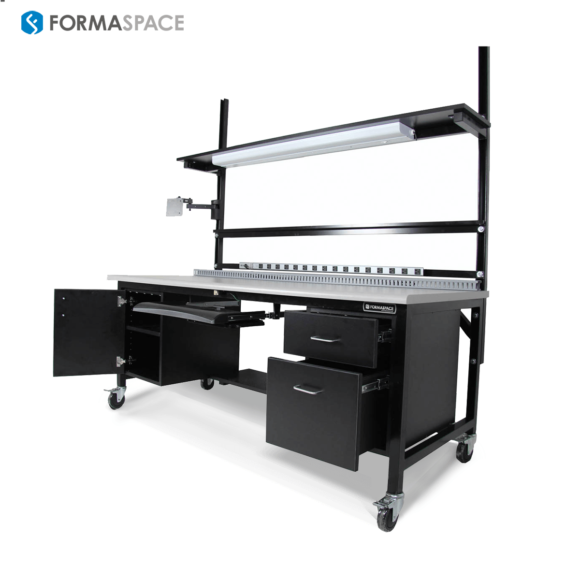
Could a SIX SIGMA Approach Help Improve STEM Education Policy Planning and Increase the Number of STEM students in K-12?
What can be done to help?
One strategy worth looking at is finding ways to increase the number of STEM students in K-12 education throughout the country.
Let’s use Six Sigma as our model – to evaluate the current landscape, identify best practices, set a goal, make improvements, and measure the results.
1. Identify the Problem: Why We Need to Step up K-12 STEM Programs to Prepare Today’s Students for the Economy of Tomorrow
We’ve touched on the economic issues surrounding STEM education earlier, but let’s get more specific.
Why is STEM education in science, technology, engineering, and mathematics so critical?
Changing demographics is one of the main reasons.
As the US population gets older, we will be relying on fewer workers as a percentage of the population to fund the programs (Social Security, Medicare) that senior Americans rely on.

We need to invest more to prepare today’s students for the jobs of tomorrow, to help them increase productivity and the economic growth we all depend on.
Economists predict that, as we enter the 2030s, STEM-focused jobs will be among the fastest growing (and best paid) job opportunities, including job titles that didn’t even exist ten years ago.
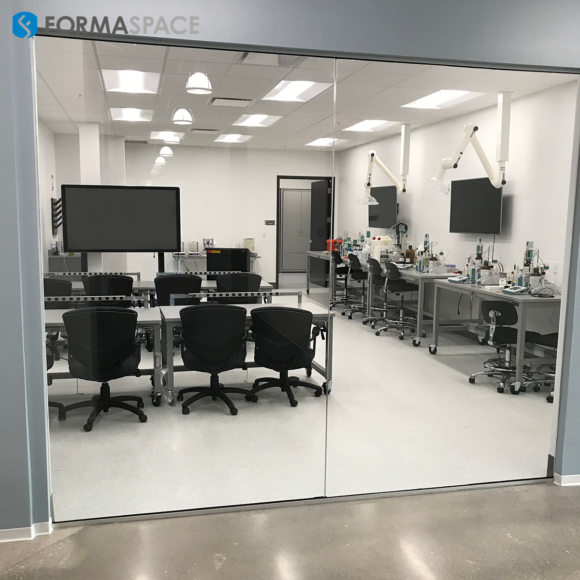
2. Measure the Status Quo: How do US K-12 Education Program Outcomes Compare with Those of Other Countries?
As part of our planning, we need to set a baseline.
In other words, how well is the US education program performing now, and how do we compare with other countries?
For an indication of where things stand, we look at the PISA (Programme for International Student Assessment) exam, which measures what 15-year-old students have learned in math, reading, and science. The most recent exam was in 2018, with more than 600,000 private and public school students participating, representing nearly 80 countries.

Scholastic achievement, as measured by the 2018 international PISA exam, showed little world-wide academic improvement over the last decade.
According to the exam results, the performance of fifteen-year-old US students lagged behind their international peers in reading, math, and science.
Secretary of Education Betsy DeVos expressed disappointment with the performance of the US students. “The bottom line is there has not been a single study that shows American education is improving enough,” DeVos said in a statement. “Scores have flatlined for a decade. Worse yet, scores for our most vulnerable students continue to decline. We are being outpaced not only by our global competitors like China and Russia, but also by countries like Estonia, Finland, and Canada.”
What lessons can we learn from other countries? Here are a few examples:
- China, in particular, has been investing heavily in STEM education since the 1980s, with a goal to lead the world in science. It has already surpassed the US in publishing science and engineering technical papers.
- Germany has achieved STEM success by following its German Dual Education System model, which brings industry participation directly into the school system, offering hands-on apprenticeship programs to German students with the promise of an employment position upon graduation.
- According to many surveys (including the PISA exam), Finland has been one of the top national performers in STEM education. Critics point to its unique approach, which de-emphasizes standardized testing and extensive homework assignments among the youngest students in favor of self-discovery and hands-on learning.
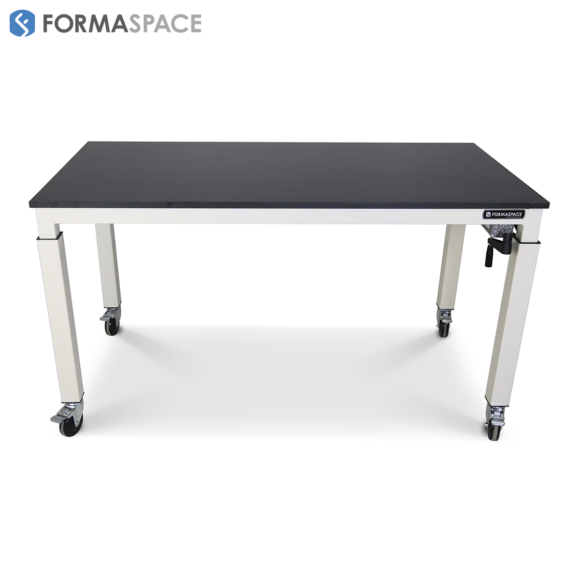
3. Root Cause Analysis: What’s Holding Back K-12 STEM Program Achievement in the US?
In late 2018, the government issued its STEM Education Strategic Plan, a five-year plan to help the US achieve global leadership in STEM literacy, innovation, and employment.
As the report points out, many US school districts have developed outstanding K-12 STEM programs; however many other school districts, particularly in lower-income areas, need more assistance, in the form of greater funding, improved access to more advanced computing science, and industry apprenticeships and technical learning programs for future workers.
The report also underscores the need to make sure all students are participating to the best of their abilities, and that not only includes lower income and minority students, but also young women in general, who still lag behind their male counterparts in pursuing higher education STEM programs and careers.
(For specific recommendations on how to address this issue, see our previous reports on how to increase the female participation in STEM programs and careers, part 1 and part 2.)

4. Make it Better: What Concrete Steps We Can Take to Enhance Our K-12 STEM Programs?
Most Americans are not satisfied with the STEM education programs available to them, according to a 2018 Pew Social Trends survey.
What can local school districts do to improve the situation?
Their options are complicated, in light of the global pandemic.
Throughout the first half of 2020, Covid-19 has forced schools to shift to virtual learning environments, but many school districts have tentatively reopened, either with fewer students coming to school at a time or by reconfiguring classrooms to allow for social distancing. (See our recent report on what measures schools are taking to safely reopen again.)
Make a Commitment to Project-based, Hands-On Learning Pedagogy
STEM educators need to re-commit to the project-based, hands-on style of learning, whether students are instructed virtually at home or can come to the school for in-class learning.
It’s important to not let “Zoom classrooms” dictate the teaching style; in other words, one-way lectures directed at students won’t be nearly as effective as facilitating student-led learning projects, in which the students perform their own research in collaboration with other students, and present their final results for constructive comments and evaluation by the instructor.
What does an Ideal STEM classroom look like?
When it’s possible for students to return to school for in-class instruction, greater emphasis should be placed on taking advantage of hands-on learning opportunities that can’t be replicated easily at home.
These include providing greater access to makerspaces, where students can apply their newly acquired knowledge to build working projects, whether they involve assembling electronics, programming robots, sewing garments, or using 3D printers.
Flexibility is key. Classroom furniture that can move around as needed, or even change form (such as changing from a work surface to an easel next to the wall) provide the most options for schools seeking to satisfy the need for social distancing.
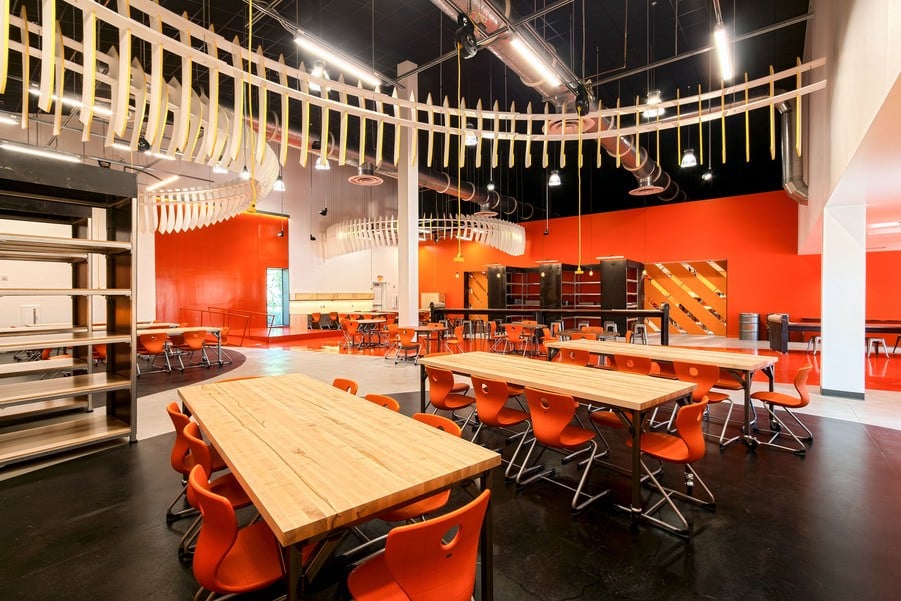
Industry Involvement Makes a Difference in STEM Career Outcomes
Creating connections with industry partnerships is also important for STEM programs.
These can take the form of sponsorships (such as providing funding for a new makerspace) or the establishment of important new mentoring programs, internships, and industry apprenticeships.
As we uncovered in our report on how to increase the number of young women in STEM careers, offering mentorships to young students can make a critical difference – by giving young people the confidence to see themselves in a future STEM career.

Professor Jennifer Doudna, winner of the 2020 Nobel Prize in chemistry for her work in developing CRISPR gene splicing technology, is an inspiration to young people who may be considering a STEM career.
Industry leaders also need to get involved in their local school district decisions concerning STEM programs, even considering the option of running for the local school board to provide the perspective of an industry job provider.
5. Measure Results: What Does Success Look Like for K-12 STEM Programs?
Any successful Six Sigma program relies on measuring progress and results, and our application of Six Sigma to STEM education is no exception.
But, we have to ask the question, are we measuring the right things today?
In other words, are standardized tests (including the PISA exam) commonly used to evaluate school performance, really the most effective tools to assess the success of STEM student progress and achievement?
Are we ignoring other possible ways we could assess student achievement in important areas such as critical thinking, problem identification, and problem-solving?
There may be a broader set of standard metrics needed to measure the effectiveness of STEM programs.
Perhaps we could track student progress from K-12 STEM classes through the college/university admissions process (including undergraduate major selection and graduation rates), any relevant postgraduate degree studies, and finally, the student’s ongoing job placement and career track opportunities.
Of course, that’s a lot to measure over a long time frame (roughly 20 years or more!). But having this aggregated information could provide a more effective, evidence-based method for evaluating STEM programs compared to, for example, a snapshot PISA exam conducted every three years.

Formaspace is Your Education Partner
If you can imagine it, we can build it, right here at our Austin, Texas factory headquarters.
Whether you are building or expanding an existing classroom facility, laboratory, or makerspace, Formaspace is here to help. All our furniture is made in the USA, using American-sourced raw materials.
We have the expertise to help you get the most value and performance from your education budget.
Speak to a Formaspace Design Consultant today to find out more.



